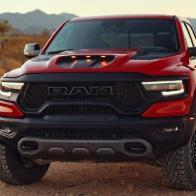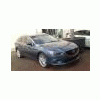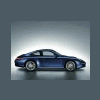Porsche Taycan (Spy)
-
Contenuti simili
-
- 2 risposte
- 376 visite
-
Porsche 7 seat Sport Luxury Crossover 2027 - Prj. K1 (Spy) 1 2 3 4 9
Pubblicato da __P,
- porsche
- porsche spy
- (e 1 altro in più)
- 80 risposte
- 9923 visite
-
- 10 risposte
- 1790 visite
-
-
-

















.thumb.jpg.46228d717c405acd43b45b79fddce6a4.jpg)

Messaggi Raccomandati: